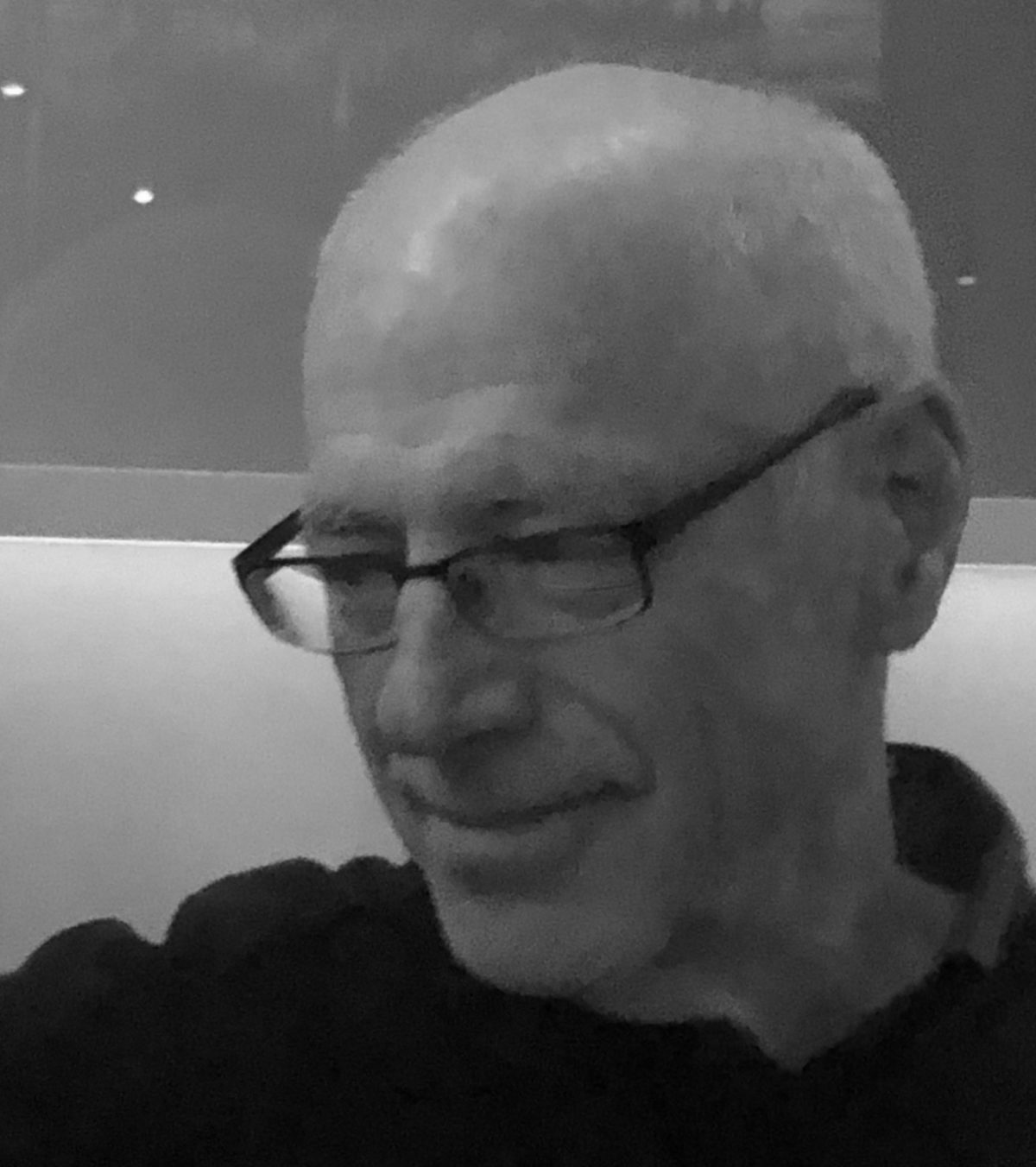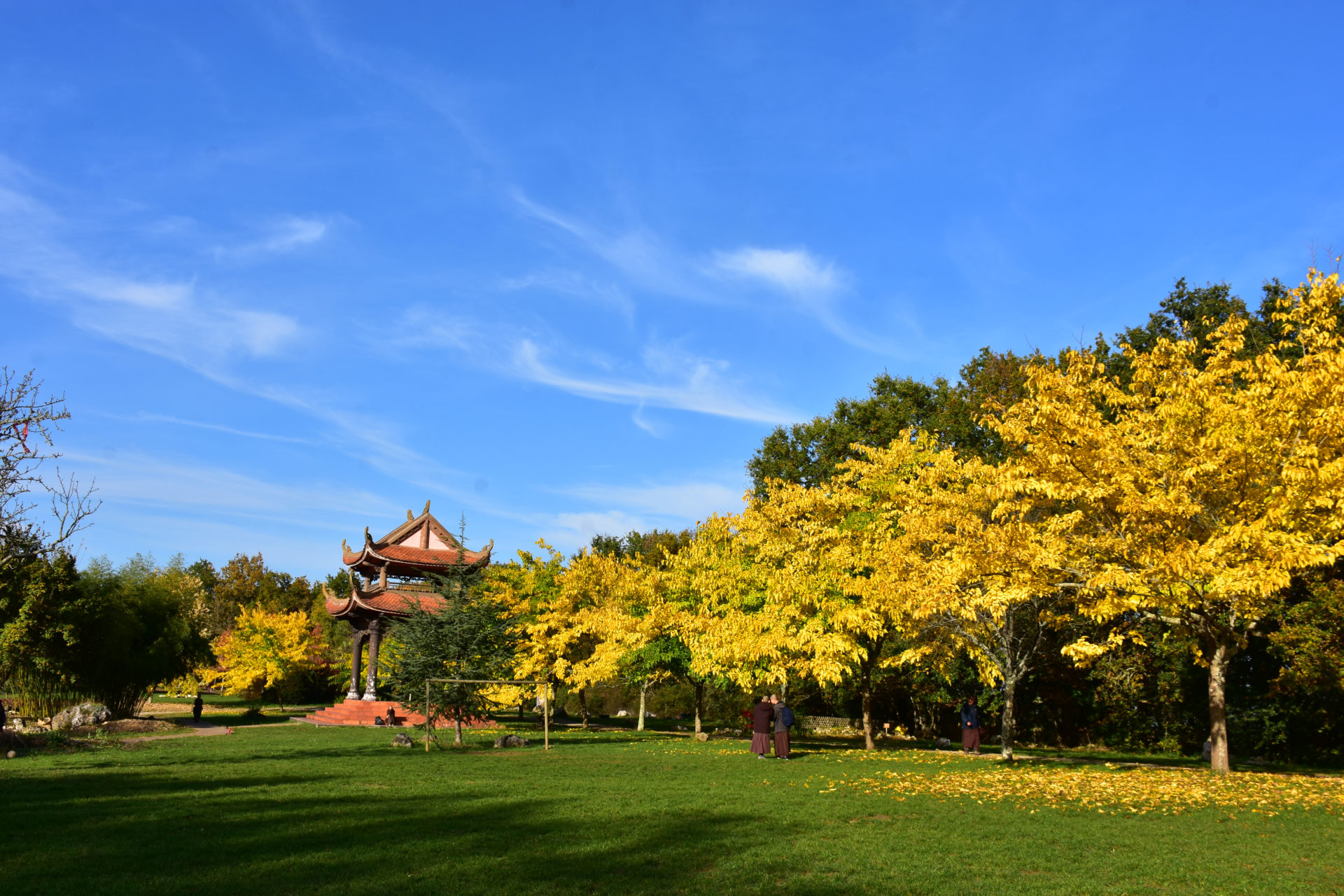By David Gates

Reverence for life is a simple three-word phrase reverberating with meaning and truth, perhaps more than any other three words possibly could. At least that is how it struck me in 2010 when I discovered the Five Mindfulness Trainings. Later, as an aspirant to the Order of Interbeing, the beauty and power of the phrase reverence for life only grew for me.
By David Gates

Reverence for life is a simple three-word phrase reverberating with meaning and truth, perhaps more than any other three words possibly could. At least that is how it struck me in 2010 when I discovered the Five Mindfulness Trainings. Later, as an aspirant to the Order of Interbeing, the beauty and power of the phrase reverence for life only grew for me. I found that the word reverence did not dictate, preach, or command, but suggested an attitude. For me, the phrase brought an immediate and positive yes! that came from my heart. Still, practicing reverence for life was not as simple for me as it first sounded. With time and reflection, I found the practice fraught with difficulty, complexity, and contradiction.
Reverence for life is the first of the Five Mindfulness Trainings and the twelfth of the Fourteen Mindfulness Trainings. Yet, I was struck by major differences between the two.
The Five Mindfulness Trainings use the pronoun I, emphasizing the individual practitioner. The Fourteen Mindfulness Trainings use the pronoun we, placing the training squarely in the social context of peace work and conflict resolution. For me, reverence becomes about action in the world. But what about quality of action? Position statements and demonstrations, or just a naturally peaceful, gentle way of being? Perhaps both? Do I need to look deeply at my motivations, my intentions, and possible unintended consequences of my actions? As a group, how should Order of Interbeing members embody this training? How many different ways are there to practice reverence?
Vegetarianism and veganism frequently come up during Dharma sharing in my Sangha. People ask, “Does this mindfulness training require us to be vegans or vegetarians?” Neither word is explicitly mentioned in the training, and many community members choose to consume meat, eggs, and milk products. Since the choice is up to each individual, we share a broad and interesting array of opinions about these and other lifestyle choices.
I choose a vegetarian diet and favor vegan choices, but I do not always avoid milk products and eggs. When asked why not, I’m at a loss for a good answer. I try to make sense but find holes in my logic. Maybe I’m not rigorous enough to be a vegan; I find vegetarianism easy and satisfying. I don’t crave meat, but cheese is another matter—not to mention the thought of turning down the occasional piece of scrumptious chocolate cake that probably contains milk and eggs.
Even while I know that in the industrial production of milk, a lactating mother cow will have lost her baby to the veal industry, should I turn down the cake? Should I mention this issue to my family and friends? If so, considering the practice of kind and gentle speech, when and how? Also, what about the many small animals killed in harvesting plant foods, especially grains? And have animal-based fertilizers been used to grow our vegetables? What about the animals inevitably killed during food transportation? It makes me wonder whether anyone can be a vegetarian totally.
Everywhere I turn, I find the destruction of life: non-organic farming, the loss of natural habitat with seven-and-a-half billion people on the planet, lax safety rules and industrial practices, homicide rates, and capital punishment. I think of mountains and streams, rocks and trees, a lone standing pine, the minerals, and the sky. Even if we humans are not killing these, we are not making their lives easy. Is there anyplace where reverence for life is not a concern?
Recalling that this is a practice of social engagement, I know I can talk to family and friends, speak up with civility and kindness in all occasions, write to my political representatives, and join marches and demonstrations. Mostly, for myself and for others, I keep the phrase “We will not support any act of killing in the world, in our thinking, or in our way of life” in mind.
Thay has said that if we do not speak up for peace during war, we cannot say we are practicing reverence for life. So, being for or against this or that is not enough; practicing the trainings requires compassionate, loving speech and compassionate, loving action. And, as the Ninth Mindfulness Training says, we should “… do our best to speak out about situations of injustice, even when doing so may make difficulties for us or threaten our safety.” Taking these beautiful, interrelated trainings all together as one, I find them both challenging and difficult, centering and reassuring.
Practicing the Fourteen Mindfulness Trainings for me has largely been a matter of stopping, breathing, looking, coming back to the present, and starting over. The trainings point to answers for questions such as, “Who am I in all of this?” It is a joy to know that I have these fourteen guiding mindfulness trainings to return to each day. As a Sangha member pointed out, they share the function of training the heart in natural, immediate compassion. I have found that each of the Fourteen Mindfulness Trainings instills happiness and calm. What a gift for our teacher Thay and the world, if I—if each of us—would frequently do something, small or large, for peace or the general well-being of living creatures!

David Gates, True Manifestation of Virtue, is a retired mathematics teacher. He received the Five Mindfulness Trainings in May 2011 and the Fourteen Mindfulness Trainings in August 2017, both at Blue Cliff Monastery in Upstate New York, US. He practices regularly at the Maison de Pleine Conscience in Montréal, Canada, and frequently facilitates the Thursday evening meditations in English.

